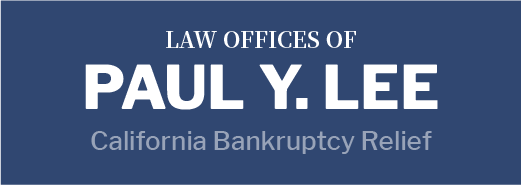Learn what kinds of liens can be removed by filing bankruptcy

Types of Liens
There are three main types of liens:
- Voluntary liens—These liens are granted by a borrower to secure a loan. Common examples include mortgages and home equity lines of credit.
- Judicial liens—When an individual loses a lawsuit and a judgment is entered against them, the court may give the party entitled to the judgment a lien on the debtor’s property to help ensure they receive their compensation.
- Statutory liens—These liens are attached to property based on a debt owed under a statute. The most common statutory liens are tax liens.
Chapter 7 Bankruptcy
Chapter 7 bankruptcy is focused on eliminating unsecured debts. Since liens are by nature secured debts, it makes sense that Chapter 7 can’t touch most of them. The only exception is judicial liens that are attached to some kind of property that should be exempt from the Chapter 7 bankruptcy proceeding. Since Chapter 7 is means-tested, generally individuals who have large voluntary liens don’t qualify anyway.
Chapter 13 Bankruptcy
Chapter 13 Bankruptcy is a reorganization bankruptcy. Its aim is to take the individual’s debts and restructure them into something more fair and manageable given their income and assets. Naturally, this must include a means to deal with liens.
Under Chapter 13, virtually every kind of lien can be reduced to the value of the collateral to which it attaches. This ensures that worthless liens do not get included in the reorganization plan, which would unfairly punish the debtor’s other lenders.
To determine whether a lien can be stripped or crammed down, it is necessary to establish the value of the collateral and order in which the liens were placed. The first liens to be placed are the first to be paid.
In the case of a home loan, the value of the collateral matters because you can only strip or cram down “wholly unsecured” liens, aka liens that are not supported by any portion of the value of the property.
Lien Stripping Example
Let’s say you owe $100,000 on a mortgage on a home now worth $90,000, plus an additional $10,000 from a home equity line of credit. There is no collateral securing that additional lien, because the entire worth of your home is bound up in that first mortgage. This is a perfect example of a lien that could be stripped with Chapter 13.
Confused?
Lien stripping is a confusing topic. Fortunately, California Bankruptcy Relief can help. Calling us is simply the easiest way to make sure you arrive at a correct understanding of the options available to you in your bankruptcy.

